“The Destiny of Man is to unite, not to divide.
If you keep on dividing you end up as a collection of monkeys
throwing nuts at each other out of separate trees.”

“The Destiny of Man is to unite, not to divide.
If you keep on dividing you end up as a collection of monkeys
throwing nuts at each other out of separate trees.”
🏅History made.
The U.S. men's four won gold for the first time at the U23 World Championships. Ryan Martin, Wilson Morton, Sam Sullivan, and Lyle Donovan are victorious in the A Final, winning by 2.25 seconds. pic.twitter.com/2fAtSEwewA
— USRowing (@usrowing) July 26, 2025
Kate Douglass just threw down a 52.04 split on the 4×100 free relay 🥶
The U.S. will be top seed tonight after the group’s 3:33.57 in prelims.#AQUASingapore2025 pic.twitter.com/H4Mke7NpZN
— USA Swimming (@USASwimming) July 27, 2025
Over the weekend, Anhelina Khmil earned a second place finish at the CEV Nations Cup Final in Portugal as part of the Ukrainian team! pic.twitter.com/2zuEa9wk9c
— TCU Beach Volleyball (@TCUBeachVB) July 20, 2025
The bottom of the ground was nothing for Emily Beisel! She moves into the Top 4 of her set by almost two tenths of a second to lock in her place at the Cheyenne Frontier Days Semifinals. pic.twitter.com/1uDeztOlZM
— The Cowboy Channel (@Cowboy_Channel) July 20, 2025
He swims like the art of poetry. pic.twitter.com/rrhMP83DQD
— The Figen (@TheFigen_) July 12, 2025
Catherine giving trophies to Amanda, who is the runner-up and Iga the ladies single winner! pic.twitter.com/rZSntPOGig
— Sabirah Lohn 💕🦕🦖 (@SabirahLohn) July 12, 2025
While other kids are learning TikTok dances, she just set a record tying a goat in 7 seconds flat. pic.twitter.com/ZPELIagdxv
— Desiree (@DesireeAmerica4) July 13, 2025
THE TIGERS ARE NATIONAL CHAMPIONS pic.twitter.com/0sk6iV8gRc
— LSU Baseball (@LSUbaseball) June 22, 2025
Savannah Sutherland d capped an incredible career at Michigan with her second NCAA title and has been named the 2024-25 Female Michigan Athlete of the Year! 〽️ #LeadersAndBest
THE TIGERS ARE NATIONAL CHAMPIONS pic.twitter.com/0sk6iV8gRc
— LSU Baseball (@LSUbaseball) June 22, 2025
INFO » https://t.co/Caza1OyrCy | #GoBlue pic.twitter.com/YD6HTdYd0p— Michigan Track & Field / Cross Country (@UMichTrack) June 23, 2025
𝐀𝐔𝐁𝐔𝐑𝐍 𝐁𝐄𝐈𝐍𝐆 𝐀𝐔𝐁𝐔𝐑𝐍
Our list of Fences Riders of the Year is getting long…
✔️ 2025: Avery Glynn (SEC & NCEA ROTY); Kate Hagerty (SEC Freshman ROTY)
✔️ 7-straight SEC ROTY awards
✔️ 4 of the last 7 NCEA ROTY honors
✔️ 7 SEC Freshman ROTY awards#WarEagle pic.twitter.com/1bRaWk4ytY— Auburn Equestrian (@AuburnEQ) June 23, 2025
When you realize you’re the national champion AND you set the collegiate record 🥹 pic.twitter.com/BPUEuZmZMP
— Michigan Track & Field / Cross Country (@UMichTrack) June 15, 2025
Last practice before Eugene. #NCAATF x 🎥 @BYUTFXC
pic.twitter.com/3kNxStxS9Z— NCAA Track & Field (@NCAATrackField) June 6, 2025
Feelin’ Super 🦸♂️
🖥️ https://t.co/vUbrNtVRPX
🎟️ https://t.co/i73Q25MuVk
📲 https://t.co/D9Ga3efNbI#RoadToOmaha pic.twitter.com/1dpxaU8SEG— NCAA Baseball (@NCAABaseball) June 3, 2025
Kate Douglass and Shaine Casas are your #ToyotaNationals high point winners! 🙌 pic.twitter.com/bA9JJSWxEP
— USA Swimming (@USASwimming) June 8, 2025
💨💨💨
Savannah Sutherland sets the Hodges Stadium facility record and for the second straight year she sets the NCAA East First Round record in the 400H! pic.twitter.com/u48jsKv3Zm
— Michigan Track & Field / Cross Country (@UMichTrack) June 1, 2025
Meanwhile at the airport.. 😂 pic.twitter.com/BKRrslNY7x
— Buitengebieden (@buitengebieden) May 29, 2025
Kävin varastamassa rikkailta rahat ja nyt jakelen ne köyhille. Kenelle laitetaan ja paljonko? pic.twitter.com/AFUva64UPN
— Päivi Ekdahl 🇫🇮🇺🇦 (@EkdahlPaivi) May 31, 2025
Our medalist boats!!! 🥉🥉🥉🥉 #RowBlue pic.twitter.com/5qcjoirtmj
— Michigan Rowing (@umichrowing) May 18, 2025
Michigan just won the men’s gymnastics National Championship. pic.twitter.com/FYCWB4a9eK
— Scott Bell (@sbell021) April 20, 2025
Iconic.
Michigan ties its uneven bars record with a 49.725 in the first rotation of the evening.#GoBlue pic.twitter.com/6V5UKAkRDj
— Michigan Women’s Gymnastics (@UMichWGym) March 18, 2023
This Sunday, watch live on the BBC on in-person in our free Fan Parks.
Raw, unscripted live sport. This is The Boat Race. pic.twitter.com/foS7NqdOYL
— The Boat Race (@theboatrace) April 6, 2025
Ivan Puskovitch is a NATIONAL CHAMPION 🏆
He captures a start-to-finish victory in the #OWNats 5K! pic.twitter.com/LS3wRPGeqw
— USA Swimming (@USASwimming) April 6, 2025
— Navy Athletics (@NavyAthletics) March 29, 2025
Oh the beauty of @MorayGC & the @ScotStuSport Golf Championships. The perfect fit! pic.twitter.com/RQ7fX3Wsvx
— College Links Golf (@CLG_Scotland) March 29, 2025
The men got next 👊👊
Tune in to ESPN+ from March 26-29 to catch the men’s @NCAA Division I Swimming & Diving Championships. pic.twitter.com/JytMBGFJHS
— USA Swimming (@USASwimming) March 26, 2025
Our special guest for puck drop, @taylorheise9 🏒#WFrozenFour pic.twitter.com/re7L1gpRGU
— NCAA Ice Hockey (@NCAAIceHockey) March 23, 2025
The Broncos take the Last Call in Saint Paul and #FrozenFaceoff title in double OT! 🙌#NCHChockey // #BroncosReign pic.twitter.com/Nki7IvKLPr
— The NCHC (@TheNCHC) March 23, 2025
Sliding into the weekend like…🛷❄️ pic.twitter.com/GoSpxcuAcj
— AccuWeather (@accuweather) March 21, 2025
Your Duke family is proud of you guys! Dom and Gavin both fared well in the state tournament!! Dom went 2-2, and Gavin went 7-1! Gavin finished 3rd overall in his weight class!! Congratulations to both boys!! @WEVSD_sports @whsladydukes @AndyPeltz pic.twitter.com/5yEMNYkU7Q
— Robert Figuly (@RobertFiguly) March 23, 2025
Another @MSU_Hockey BIG10 Championship! What an exciting night at Munn Arena for our Spartan players, coaches, students and fans. Go Green!! pic.twitter.com/u9ZWUTeBVc
— Kevin Guskiewicz (@KevinGuskiewicz) March 23, 2025
Molly Miller making sure plenty of Lopes are involved when she cuts down the nets. @MollyMiller33 @GCU_WBB pic.twitter.com/2BhbuCDe48
— Jordan Hamm (@JordyHamm) March 15, 2025
Damn. Big Ten tournament champion in his first year as head coach. Let the dancing begin! #GoBlue pic.twitter.com/Zd57LBUwJF
— Santa Ono (@SantaJOno) March 16, 2025
Men’s 400m Champion
🥇 Will Floyd (@UGATrack)
📊 45.43#NCAATF x 🎥 ESPN+ pic.twitter.com/lcIb0zTYMX— NCAA Track & Field (@NCAATrackField) March 15, 2025
Every Thursday, coach Brandon runs men’s IM threshold practice and Coach Sarah & I run the women’s IM group. It’s one of those “all hands on deck” type of day. Last night, in the 400 IM the men went 1-2-3-5-10-11 and the women went 2-3-4-5-6-10-17-22. pic.twitter.com/pCfhLWSvoA
— Bobby Guntoro (@bobbygunt) March 1, 2025
TRE HOLLOMAN FOR THE WIN!!!!!
What a shot at the buzzer! Michigan State pulls off the win at Maryland, 58-55. #Spartans have won four games in a row, including three straight against ranked opponents.pic.twitter.com/1NMM6xdH46
— Hobie Artigue (@HeyItsMeHobie) February 27, 2025
Amanda Moll just broke the @NCAATrackField Pole Vault record with a height of 16-1.25 (4.91-meters)🤯#B1GTF x @UWTrack pic.twitter.com/5OUCmOS2QW
— Big Ten Network (@BigTenNetwork) March 1, 2025
Recapping Day ✌ of #MWITF https://t.co/7jbGnmF65r
— Air Force Track & Field/XC (@AF_TFXC) March 1, 2025
EASTON TALT 😱#NCAABaseball x 📹 FloBaseball / @BeaverBaseball pic.twitter.com/RUsWYVFOxi
— NCAA Baseball (@NCAABaseball) March 1, 2025
Great day in the weight room at Weatherford High School! We have football, basketball, girls and boys track programs working hard. We are blessed with the best facilities in the state! pic.twitter.com/gvH85GZmoM
— Rick Weaver (@rickweaver98) February 21, 2025
Peak German engineering pic.twitter.com/BxyzCVFSdU
— miss white (@cinecitta2030) February 22, 2025
The Revere Varsity Competition Squad traveled to Big Walnut High School today to compete in the OASSA State of Ohio Cheerleading Championships! They finished in fourth place, D3 Non Build Division!!! We are so proud of you ladies! @RevereLocal pic.twitter.com/evF06thfAD
— Doug Faris (@DougFaris) February 23, 2025
Wow! What an amazing couple of weeks for ‘OE’ Justin Davies. He broke the Welsh indoor 800m record at the Keely Klassic and then went on to become the British champion at the UK Indoor Championships! #uptherose 🌟🏅 pic.twitter.com/fgFq5AOX09
— Sport & PE | King Edward’s School (@KESBathSport) February 24, 2025
My girl shot her first ever perfect 5 bullseyes at her county tournament today
Great job girl! pic.twitter.com/Xhyl1bEK0R— kelli chalfant (@cf_farms7) February 22, 2025
NCAA Rifle 🤝 Historic Memorial Coliseum
Rifle National Championships
📅 March 14-15
🏟️ Historic Memorial Coliseum
🎟️ https://t.co/MgMeX9j7ER #T37 #WeAreUK pic.twitter.com/mDooaFpvfu— UK Rifle (@UKRifle) February 14, 2025
A new ASTM standard addresses safety elements of #PoleVaulting areas. It establishes safety, performance, and maintenance recommendations for indoor/outdoor, and private-use pole vault facilities. https://t.co/pq1pCCQZRE pic.twitter.com/oz08sWDt4l
— ASTM International (@ASTMIntl) February 13, 2025
“With this executive order, THE WAR ON WOMEN’S SPORTS IS OVER.” –President Donald J. Trump 🇺🇸 pic.twitter.com/g97jV4eEPW
— The White House (@WhiteHouse) February 6, 2025
“We’re putting every school receiving taxpayer dollars on notice that if you let men take over women’s sports teams or invade your locker rooms, you will be investigated for violations of Title IX and risk your federal funding.” –President Donald J. Trump 🇺🇸 pic.twitter.com/MUd6FAetWr
— President Donald J. Trump (@POTUS) February 6, 2025
Draw two is in the books at the #OUA Men’s Curling Championship! 🥌
The @queensgaels got the better of the @LUVoyageurs 6-3, scoring 3 in the first end to take an early lead, while the @tmubold scored early and often to beat the @OT_Ridgebacks 10-1.
The @brockbadgers took down… pic.twitter.com/mc6CndjeZ9
— Ontario University Athletics (@OUAsport) February 7, 2025
👟 Our Gryphon Track and Field team heads to the state of the New York for today’s meet in the Cornell Upstate Challenge!
📅 Sat. Jan 17
📍 @CornellSports (Ithaca, NY)#GryphonPride pic.twitter.com/ahH5AuzEZE— Guelph Gryphons (@guelph_gryphons) January 18, 2025
Sunrise swim with @uncwswimdive on Saturday morning! pic.twitter.com/q7PExy1pWe
— Bobby Guntoro (@bobbygunt) January 11, 2025
Remember when it was so cold the rivers and lakes iced over? Our college wild swimmers certainly do – they took the plunge (without wetsuit insulation) and lived to report back! 🥶 pic.twitter.com/CKyLK0ySMu
— Trinity College (@TrinityOxford) January 17, 2025
“We’re feeling confident in our performance so far. We’re being challenged, but so far have managed to stay sharp.” – Catherine Clifford, third
This quote sums up the Canadian women’s performance thus far at the World University Games, as they remain undefeated after two wins on… pic.twitter.com/jetQK1TtbH
— Curling Canada (@CurlingCanada) January 18, 2025
A B1G @HuskerWBB WIN ‼️#B1GWBBall on @BigTenNetwork 📺 pic.twitter.com/1sjIY2H4Ri
— Big Ten Women’s Basketball (@B1Gwbball) January 17, 2025
Track and Field Collects Seven Wins at SVSU Classic https://t.co/UpoAphESGe
— svsuathletics (@svsuathletics) January 18, 2025
We continue sorting through anomalies with Godaddy Tech Support to resolve Standards Michigan requirement for frequent and timely updates across all of our platforms. We got half the problem solved last month when we upgraded to WordPress 6.8.1 but updating was slow on mobile devices. Now we need another PHP update. Our normal course of business will not be interrupted as far as our daily colloquia is concerned but we cannot predict the outcome on the images which are an essential part of our work.
The good news is that all our content, including media, survived the WordPress upgrade. The next step in our “GoDaddy Journey” will be the PHP upgrade this week. There will likely be surprises but none that we cannot handle.
Much like hardware in ICT, software must also be maintained.
This page will be posted to our X-feed: @StandardsMich to remind our colleagues and followers that software needs to be “maintained”
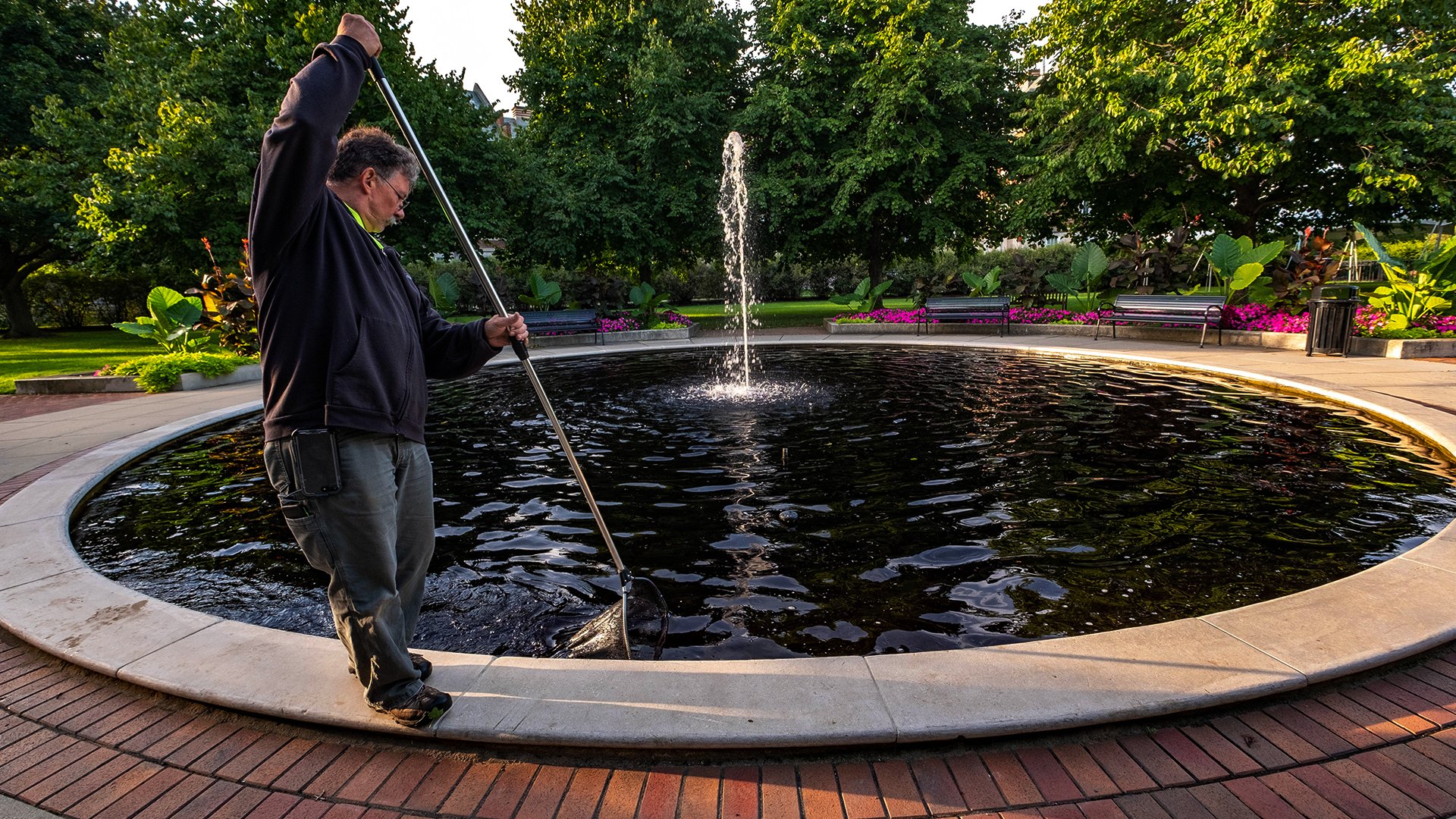
Michigan State University
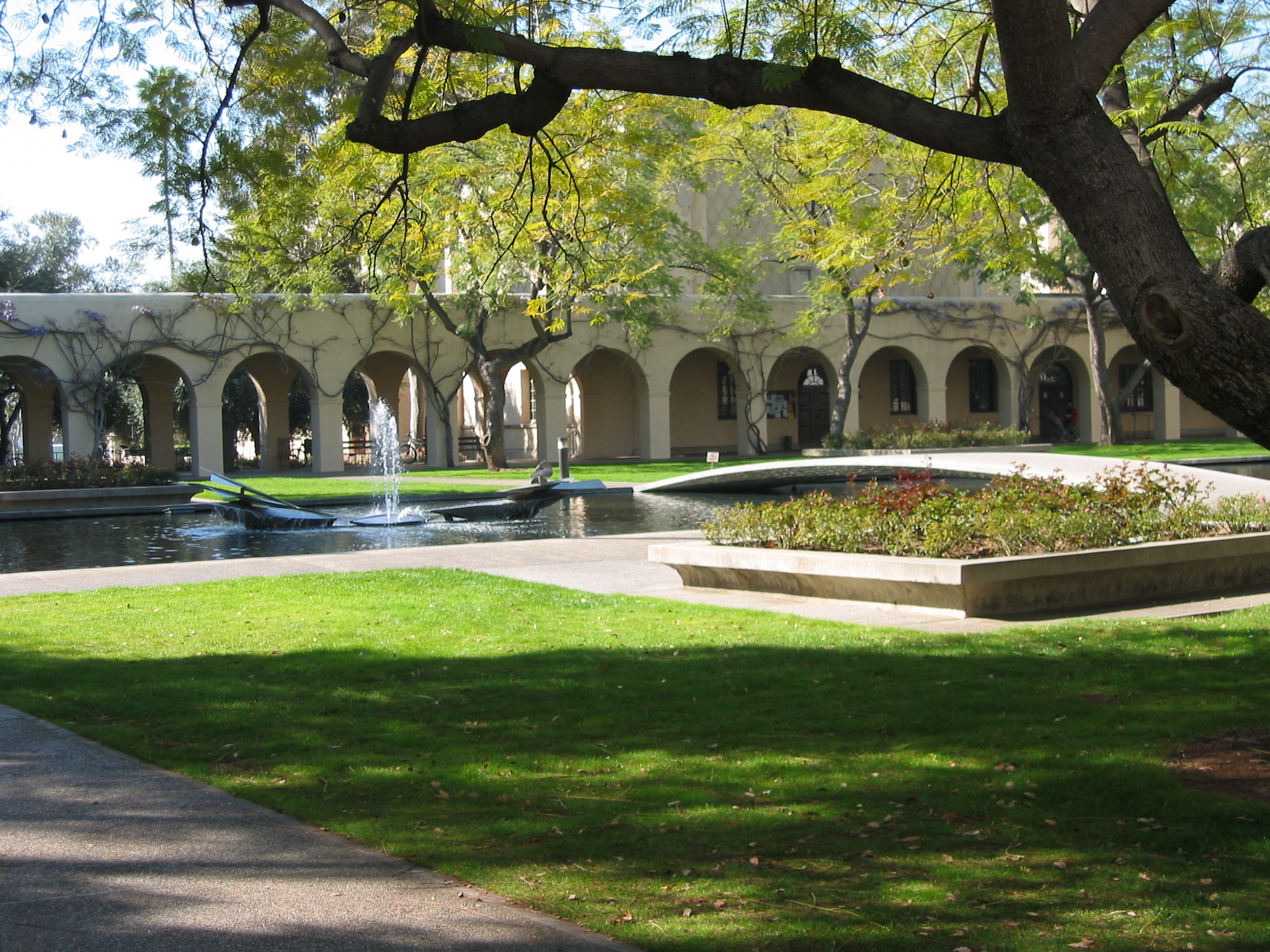
California Institute of Technology
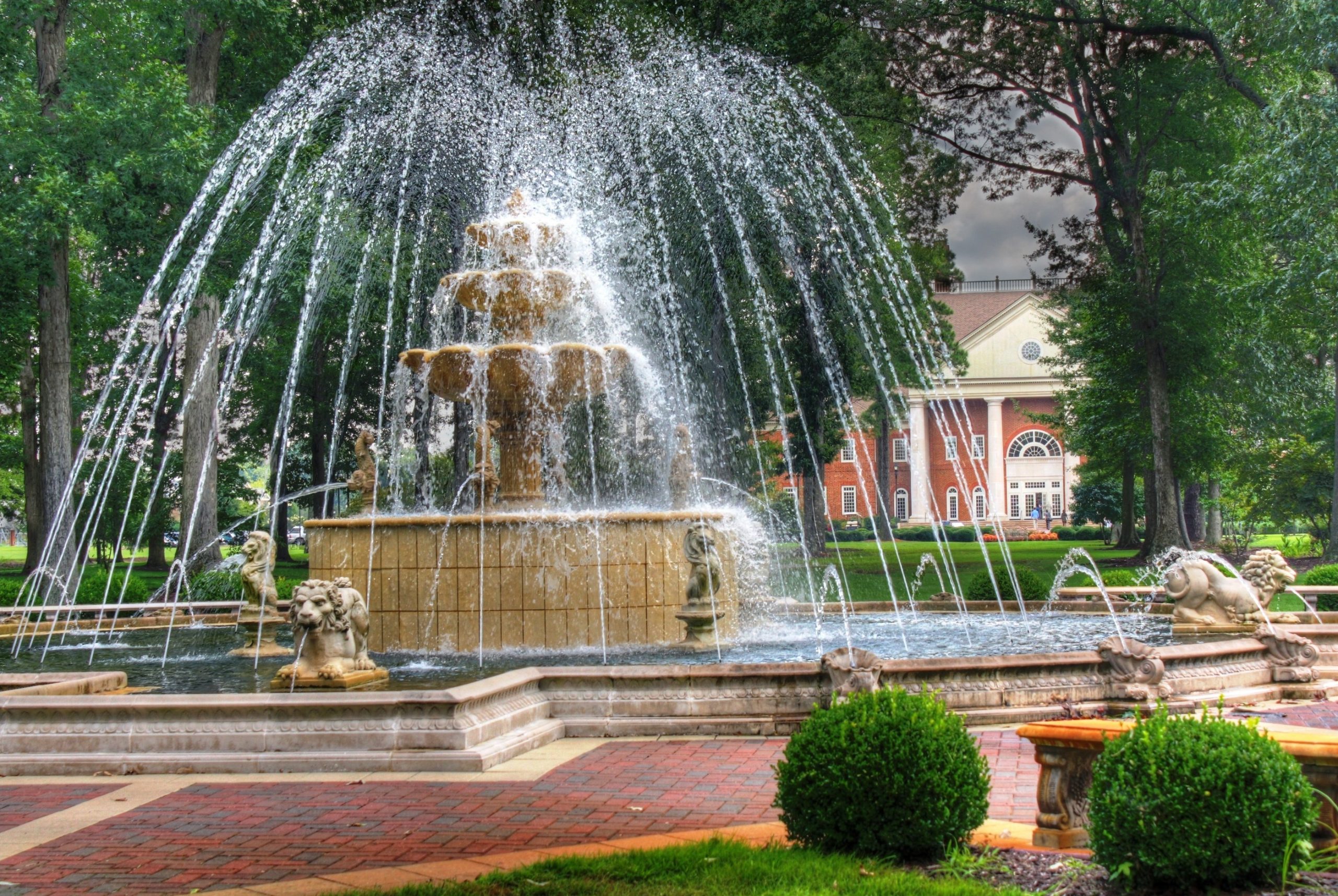
Regent University
Some personal news:
Time to get married, have some Jewish babies, and raise them to love America. pic.twitter.com/Sqgu6g9PYh
— Jesse Arm (@Jesse_Leg) July 18, 2025
The body of 8-year-old Mystic camper Virginia Hollis was found along the Guadalupe River earlier this week, more than a week after the July 4 floods in Texas.
Yesterday, this angel’s favorite horse followed her casket through the streets to bid her farewell. 😭 pic.twitter.com/T8f8O6n4q3
— Marina Medvin 🇺🇸 (@MarinaMedvin) July 18, 2025
Miss Italia Finals 🇮🇹 pic.twitter.com/3XgPWvZ6Lo
— TastefulLindy (@LindyTasteful) July 19, 2025
Remember what they took away from us pic.twitter.com/Dnzzk1Quzc
— ☩ 𝕁𝕄𝕋 ☩ (@SecretFire79) July 12, 2025
After 15 years of marriage, the first child is actually twins! 🥳Maybe no one will say it, but we want to share this joy anyway. 🌹 pic.twitter.com/T60zPJZ0tT
— Sania Obaid 🇺🇲 (@afra_art56) July 12, 2025
I’m in tears. Watch how respectful every firefighter is greeting Trump, taking their hat off for Melania
America has a True Leader who cares about each and every American again. These Firefighters feel it
Mainstream media will never show this pic.twitter.com/KxWNrry7dC
— MAGA Voice (@MAGAVoice) July 11, 2025
Women are the same at all ages😂 pic.twitter.com/x4Y95x7xQq
— The King (@xxxxTheKing) July 12, 2025
Taking a 12 hour sabbatical from the portal to get this young lady married tonight! pic.twitter.com/GXLzZWmdKA
— Ryan Gaines (@ryankgaines) June 28, 2025
He was with me almost every day for 12 years. The best living creature I’ve ever known including humans.
He protected children and loved his job out here.
I hope I can be half the man this dog was to our world. I buried him last evening in his beloved woods.Warrior
GUS🪓 pic.twitter.com/011cffq1xS
— Cattleman🪓 (@cattleguy92) June 29, 2025
Congratulations to my brother on graduating high school.
I can’t wait to see all the amazing things you accomplish at American University. ❤️ pic.twitter.com/UZJxVP56ro
— Isabella Maria DeLuca (@IsabellaMDeLuca) June 29, 2025
When your daughter wants to play catch instead of a first dance after she says I do. 🥺 pic.twitter.com/yjnobxxfcn
— Ryan Gaines (@ryankgaines) June 29, 2025
Married Friday, planting wheat on Monday! pic.twitter.com/GKqXA7SlMP
— FarmerDan (@farmerdan97) September 27, 2021
Enjoying every moment with my boyfriend 💕 pic.twitter.com/cKMsLIFgqm
— Ms. Jachymiak (@MsJachymiak) June 15, 2025
A heartfelt surprise for her best friend on graduation day.. She didn’t expect it because they hadn’t seen each other in so long, ever since her friend moved to another citypic.twitter.com/3pxswYFVNt
— Wolf of X (@tradingMaxiSL) June 7, 2025
Non-food post: It’s Prom Season! Our oldest daughter is off to McGill University this Fall. Two out of the house, two still at home.
Love ya, sweetie. pic.twitter.com/hwvQ5svT5Z
— The Food Professor (@FoodProfessor) June 8, 2025
Norman ROCKWELL • American 1894-1978
“𝖢𝗈𝗎𝗋𝗍𝗂𝗇𝗀 𝖢𝗈𝗎𝗉𝗅𝖾 𝗎𝗇𝖽𝖾𝗋 𝗍𝗁𝖾 𝖢𝗅𝗈𝖼𝗄 𝖺𝗍 𝖬𝗂𝖽𝗇𝗂𝗀𝗁𝗍”@NRockwellMuseumhttps://t.co/eccEsvTUsR pic.twitter.com/dkSIjuJu2N— Standards Michigan (@StandardsMich) March 8, 2025
My best experiment yet ❤️ pic.twitter.com/ymxggYZmTv
— César de la Fuente (@delafuentelab) April 9, 2025
It’s 6:53pm and I wish I had a little baby sleeping on my chest right now.
One day God willing. pic.twitter.com/Zbg0xfbDOJ
— 𝐿𝑜𝓊𝒾𝓈𝑒 (@crunchycozygirl) April 11, 2025
The Catholic Church has a new member today 🤍 pic.twitter.com/MviMoRMEUJ
— Kendall 🌷 (@kciolane) April 12, 2025
From couple matching to couple chief-ing!!!thrilled and honored to serve as chief residents together at the program that shaped us. Grateful for the journey and excited for what’s ahead! #HUH pic.twitter.com/lClrJpGABW
— Girma Moges, MD (@Girma_M_Ayele) April 10, 2025
Life in one picture ❤️ pic.twitter.com/LkZXvKcwCI
— Os 🧘🏾♂️ (@LifeOfBoch) March 22, 2025
20th March 2010
A couple – just married – choose to cycle from the church to their reception.
From my book ‘Cambridge – Town & Gown’. pic.twitter.com/Y9zzcUsHh4— A Cambridge Diary (@acambridgediary) March 20, 2025
Married 39 years today! Time flies pic.twitter.com/aiNxbxUBKB
— Pat Vanheule (@pvanheule) March 15, 2025
Got engaged today 🙂
Praise God! pic.twitter.com/fgWEKgSuME
— Peter Day (@Telerithis) March 15, 2025
She said yes. pic.twitter.com/iBnhNyzTs5
— RyanFJBLGB🇺🇸🦅 (@RyanPatrick1991) March 15, 2025
We got him moved into the new house! His bride-to-be is helping him decorate and put things away and will be joining him there on their wedding night! Today, only a few tears were shed (out of his sight). We are beyond happy for them! @BrandonLansdown pic.twitter.com/NSNmzg8hyG
— Kassy Lansdown (@Good_and_Glory) March 15, 2025
Naistenpäivän kunniaksi haluan jakaa, että minulla on onni ja siunaus odottaa omaa tytärtä. Toivon näyttäväni hänelle samanlaista naisen mallia kuin oma äitini on näyttänyt minulle. Nainen voi olla vahva ja lempeä, sitkeä ja kaunis, herkkä ja periksiantamaton. Nainen voi olla… pic.twitter.com/MivsLRh1wJ
— Martta Tervonen (@marttatervonen) March 8, 2025
The years go by. pic.twitter.com/gMtnRyeT0Y
— Brendan O’Sullivan 🇮🇪🇪🇺 (@ImtaBrendan) March 8, 2025
So a thing happened recently … 🥂 💍 pic.twitter.com/nClcEIHlQ3
— The Phoenix (@sueranson) March 8, 2025
I can confirm: she is beautiful.
‘The Birth of Venus’ by Botticelli (c. 1485) pic.twitter.com/JCWv0EGQXI
— Katherine Everitt 💥 (@katherineveritt) January 14, 2025
Happy almost 10 month wedding anniversary @AbdNicholasC
That chrism on her head smells amazing pic.twitter.com/WroqiDDLXc
— Erin Callaghan (@drerincallaghan) February 8, 2025
The only thing better than reading is holding a baby while reading. pic.twitter.com/jqlPdgHobg
— Michelle Kelso Kafer (@michellekafer) February 1, 2025
She had no idea…pic.twitter.com/COnW7TDmCg
— Be Believing (@Be_Believing) February 1, 2025
I earnestly hope you have the opportunity one day to sit in a sunlit room with a baby in your arms, gently rocking in an old wooden chair.
I have traveled the world, climbed mountains, and had adventures I dare not tell you about.
This, however, is the peak. pic.twitter.com/IsRGf0N6FM
— Old Hollow Tree (@OldHollowTree) January 27, 2025
Good morning from East Tennessee.
It’s 33 degrees and raining on the mountain.
Have a great Monday.☕😊 pic.twitter.com/vGu9QqoOLg
— Tennessee Lady (@TennesseeLady85) January 27, 2025
27 years old.
A mom to a new baby.
The youngest person to serve as White House Press Secretary@karolineleavitt pic.twitter.com/5S1fmkGbqy
— Anna Lulis (@annamlulis) January 29, 2025
Several colleges and universities have “kissing benches” or similar traditions tied to romance on campus.
Michigan State University Beaumont Tower: Nick and Myra Kanillopoulos
Syracuse University. Kissing Bench: This bench on the Quad is steeped in tradition. Legend has it that if a couple kisses on the bench, they will eventually marry. Conversely, if a single person sits there alone, they risk staying single forever.
University of Idaho. Hello Walk and Kissing Rock: While not a bench, this area on campus features a large rock where students have historically kissed. It’s a romantic tradition for couples at the university.
Florida State University Kissing Bench
University of North Carolina at Chapel Hill
Clemson University Lover’s Lane
University of Cambridge: St. John’s College Bridge of Sighs
University of Oxford: The Bridge of Sighs
University of Bath Somerset County: Sham Castle
For members of Binghamton University’s Ballroom Dance Association, dance isn’t just a hobby; it’s an expressive, stress-relieving act. 💃🕺https://t.co/xrm8IIwalX pic.twitter.com/VRUMj9OeAC
— Binghamton University (@binghamtonu) January 17, 2020
It is so rare for people to see a normal, white family that lefties think it gives ”Third Reich vibes”. This really tells us that we need to make it less rare.
More babies! pic.twitter.com/j192eWhev5
— Evelina Hahne (@EvelinaHahne) February 15, 2025
College of the Ozarks: 2024 Revenue $116M
School of the Ozarks recently hosted its second Summer Teacher Training, welcoming 165 educators from across North America—up from 100 last year.
Read the full story: https://t.co/lJWuCneM5f#HardWorkU #SchooloftheOzarks #ClassicalChristianEducation pic.twitter.com/23FA7Rf1Ar
— College of the Ozarks (@CofOHardWorkU) July 25, 2025
Earl Grey Supreme Black Tea 6pk
“A work college since its inception in 1906, College of the Ozarks® Work Education Program provides over 130 unique work stations where students earn their education. Students do everything from mowing the grass to overseeing the campus fire station, and they produce some of the most delectable treats around. That’s what you’ll find here, a showcasing of College of the Ozarks students’ talents and trades – small-batch, handcrafted gifts and baked goods, including world-famous fruitcakes, delicious fruit spreads, and student-milled products.
When you choose our campus store and online gift shop, know that you’re supporting our students and that you’ve made a purchase with a purpose.”
This weekend, our agriculture department welcomed hundreds of FFA students from Missouri and Arkansas for hands-on learning through lectures and competitions. We’re proud to help train the next generation of agriculture! #HardWorkU pic.twitter.com/QKSARNtw0o
— College of the Ozarks (@CofOHardWorkU) March 3, 2025
Public Input on the 2029 Edition will be received until January 6, 2027
“Wir haben Kunst, damit wir nicht
an der Wahrheit zugrunde gehen”
Not every student is passionate about Graph Algorithms, Green Policy or coding the Internet of Things but wants to devote their energy and talent to making the world a better place by making the world a more beautiful place. Spaces for the “creatives” among them are elevated risk spaces. Today we examine the literature for designing, building and maintaining these occupancies in the safest and most sustainable way; among them the spaces for textile research and fashion design; usually co-mingled with drawing, painting, and textile creation space.
The garment industry is multi-disciplinary and is larger than the energy industry. It contributes to the standard for civilization; even though subtly so. For this reason, starting 2023, we will break down our coverage of the literature that supports the fashion industry from the fine arts domain in separate colloquia every quarter.
Fine Arts 200. Exploration of best practice for spaces used for various forms of creative expression that are appreciated for their artistic or aesthetic value, often involving skills and techniques that require specialized training and expertise.
Fashion 300. Best practice literature for the spaces needed for the creation of artworks using textiles and fibers, such as weaving, quilting, or embroidery. Research and teaching spaces in this domain; at the foundation of the garment industry — one of the largest sectors in the economy in any nation — present surprising challenges
See our CALENDAR for a schedule of those session.
US-based standards developers with a footprint in the fine arts domain:
Committee D13 on Textiles Celebrates a Century
2021 International Building Code: Section 305 Educational Group E
Underwriters Laboratories
Lorem ipsum (product testing: kiln heat specifications, fabric and paint flammability, wet and dry fire extinguishing systems, etc.)
National Fire Protection Association
Institute of Electrical and Electronic Engineers
Leveraging User-Provided Noisy Labels for Fashion Understanding
Institutional Guidelines
Federal Regulations & Recommendations
Environmental Health and Safety in the Arts Guide for K-12 School, Colleges and Artisans
Global standard developers: (partial list)
Open to everyone. Use the login credentials at the upper right of our home page.
🌤️🌺⛲🌳 pic.twitter.com/bRL7eIY4gg
— Cranbrook Academy of Art (@cranbrookart) July 3, 2023
Public Input on the 2029 Edition will be received until January 6, 2027
Books cannot be killed by fire. People die, but books never die
No man and no force can put thought in a concentration camp forever
— Franklin Roosevelt
Many education communities build and maintain cultural resource properties whose safety and sustainability objectives are informed by local adaptations of consensus products developed by the International Code Council (ICC) and the National Fire Protection Association (NFPA). We need to understand the ICC and NFPA product suites as a pair. For most real assets in the education industry they move “roughly” in tandem even though they are produced by different organizations for a different set of customers. Sometimes the out-of-step condition between NFPA and ICC permits subject matter experts on technical committees to make the best possible decisions regarding the safety and sustainability agenda of the interest group they represent; but not always.
Occupancy classification is always a first consideration and both the NFPA and the ICC have a claim to some part of this occupancy concept*. In the ICC suite we find code requirements for many “cultural places of worship” tracking in the following sections of the International Building Code (IBC):
Section 303 Assembly Group A-3
Section 305 Educational Group E
Section 308 Institutional Group I
Note that Sections 305 and 308 recognize the accessory and multi-functional nature of occupancy types in the education industry – i.e child care and adult care function can marge and be an accessory to a place of worship. The general rule in the IBC is that accessory religious educational rooms and religious auditoriums with occupant loads of less than 100 per room or space are not considered separate occupancies. Other standards developers are guided by this rule.
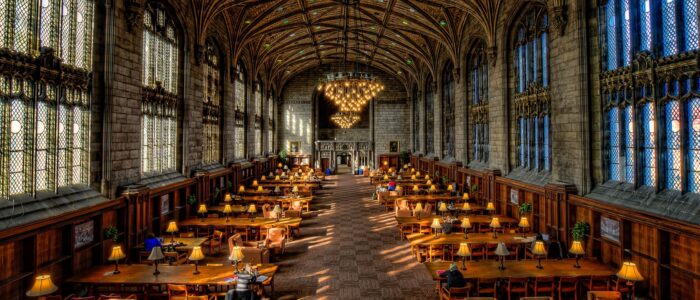

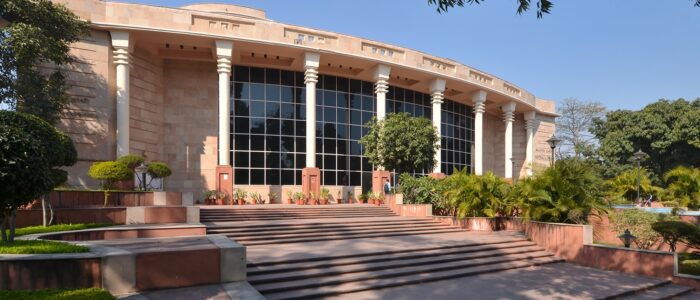
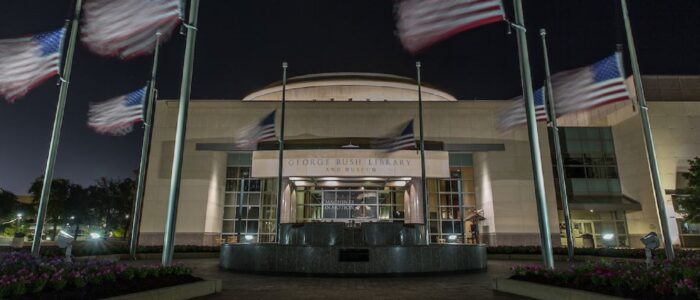
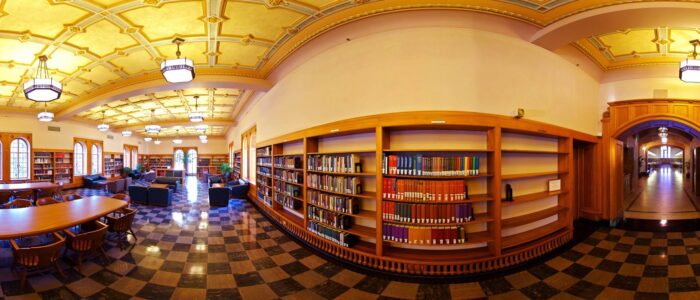
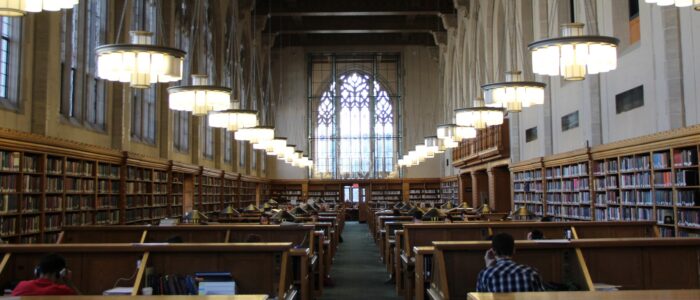
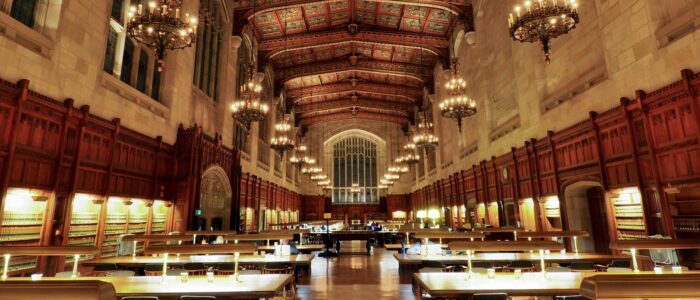
Close coupled to the IBC for this occupancy class is NFPA 909 Code for the Protection of Cultural Resource Properties – Museums, Libraries, and Places of Worship. From the document prospectus:
• This code describes principles and practices of protection for cultural resource properties (including, but not limited to, museums, libraries, and places of worship), their contents, and collections, against conditions or physical situations with the potential to cause damage or loss.
• This code covers ongoing operations and rehabilitation and acknowledges the need to preserve culturally significant and character-defining building features and sensitive, often irreplaceable, collections and to provide continuity of operations.
• Principles and practices for life safety in cultural resource properties are outside the scope of this code. Where this code includes provisions for maintaining means of egress and controlling occupant load, it is to facilitate the evacuation of items of cultural significance, allow access for damage limitation teams in an emergency, and prevent damage to collections through overcrowding or as an unintended consequence of an emergency evacuation.
• Library and museum collections that are privately owned and not open to the public shall not be required to meet the requirements of this code.







Since we are hard upon release of the 2021 Edition of NFPA 909 let us take a backward look at the current (2017) version of NFPA 909 Code for the Protection of Cultural Resource Properties – Museums, Libraries, and Places of Worship. Chapter 14 covers “Museums, Libraries and their Collections”. Chapter 15 covers “Places of Worship”
The 2025 Edition is now open for public input. Let us pick through proposals for the 2021 Edition to inform our approach to its improvement by referencing the technical committee transcripts linked below:
Public Input Report: January 12, 2023
N.B. We find committee response (accepted in principle) to Standards Michigan proposal to articulate conditions in which places of worship and libraries are used as community disaster relief support facilities. We consider this a modest “code win”.
Circling back to the ICC suite we find elevated interest in hardening community owned facilities to tornadoes, hurricane and floods and other storm related risk in the structural engineering chapters of the International Building Code.
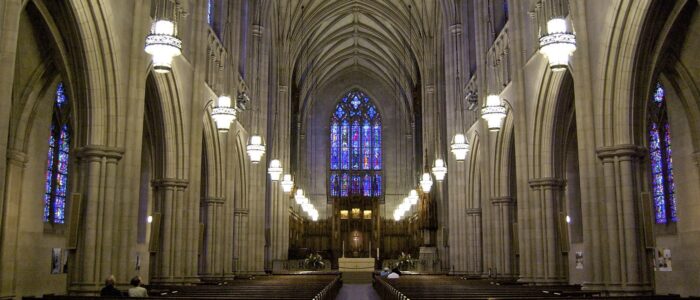
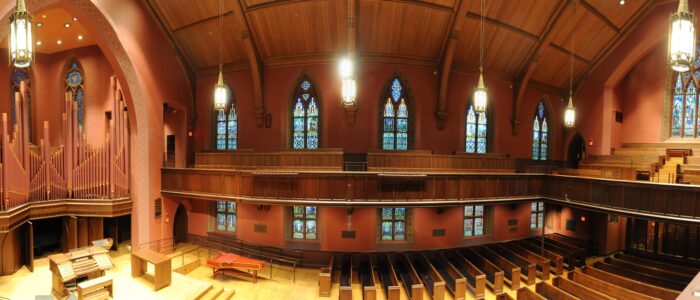
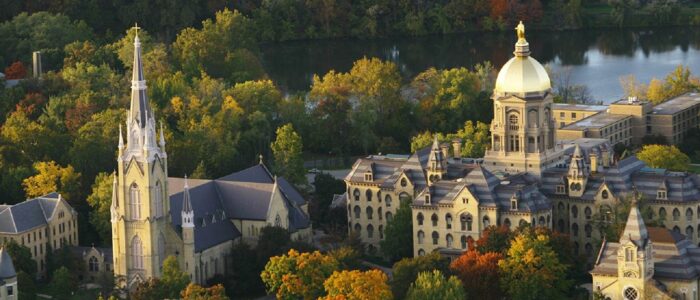
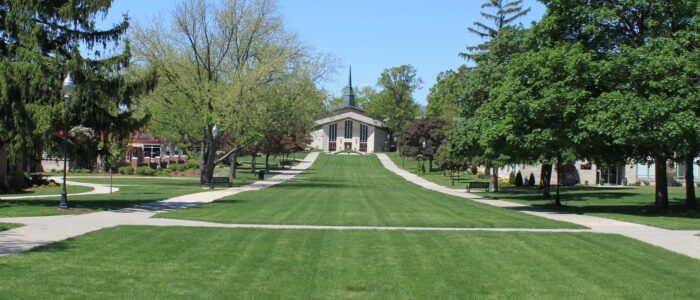
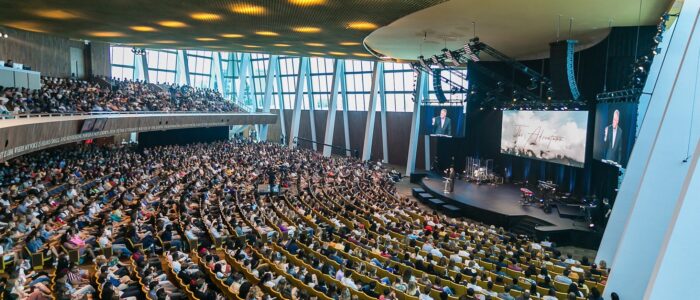

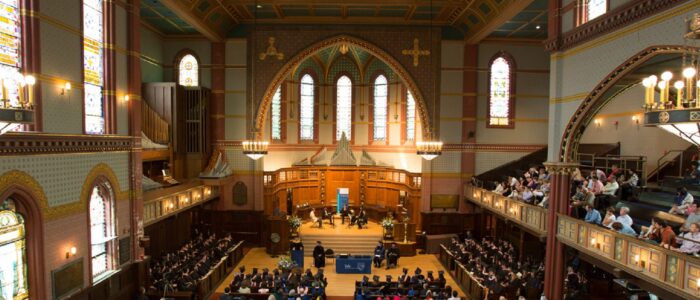
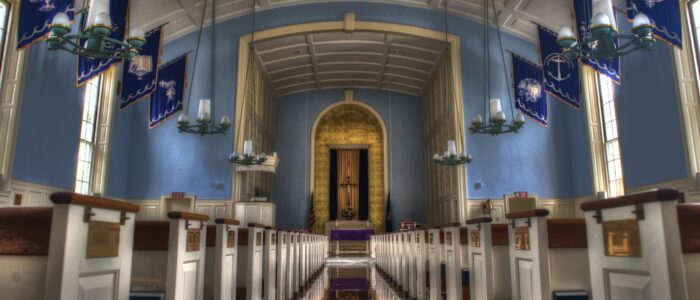
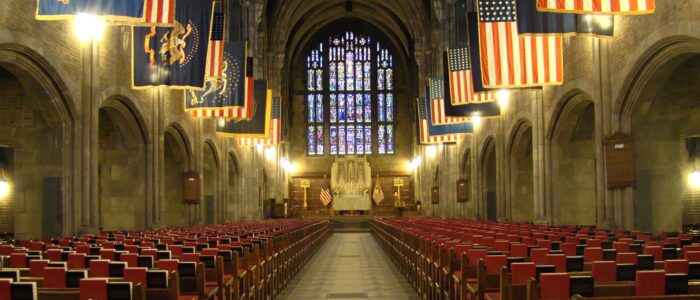
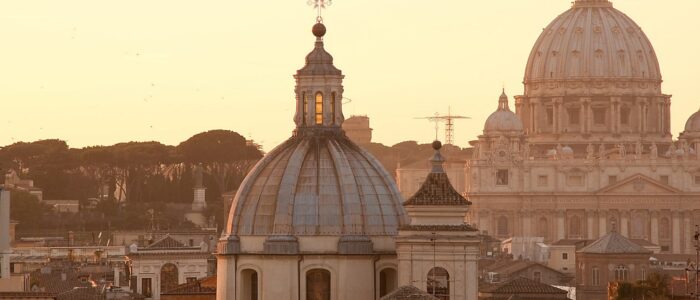
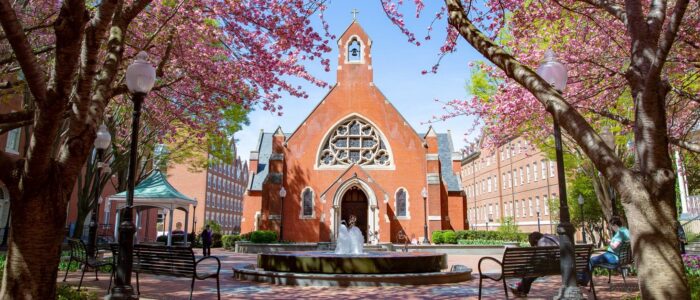

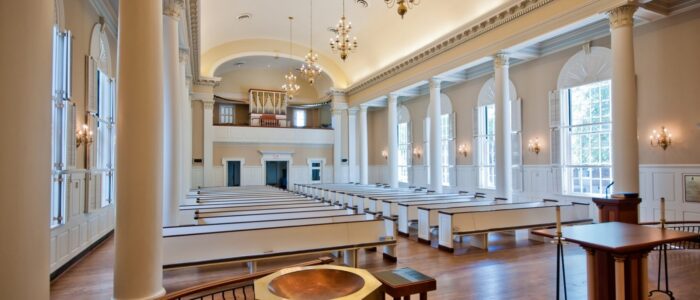
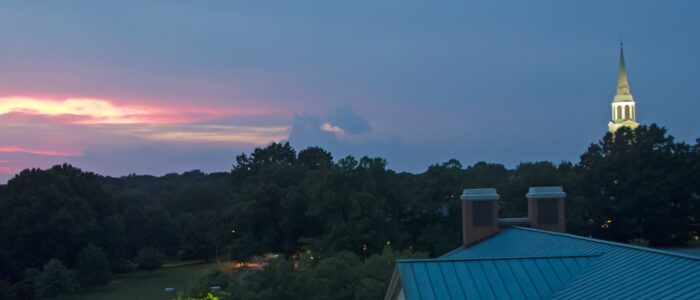

Leadership and facility managers for enterprises of this type are encouraged to contribute obtain their own (free) NFPA public participation account in order to directly participate in the 2025 revision of NFPA 909 by logging in here: https://www.nfpa.org/login.
Public consultation on the First Draft of the 2025 Edition closes January 4, 2024.
This document is also a standing item on our periodic Prometheus, Lively and Fine Arts teleconference. See our CALENDAR for the next online meeting; open to everyone.![]()
Issue: [15-258]
Category: Fire Safety, Public Safety
Colleagues: Mike Anthony, Josh Elvove, Joe DeRosier
*See NFPA 101 Life Safety Code
LEARN MORE:
Guidelines for the Security of Rare Books, Manuscripts, and Other Special Collections, Association of College & Research Libraries, American Library Association, 50 East Huron Street, Chicago, IL 60611-2795.
“A Legal Primer on Managing Museum Collections,” Malaro, Marie, second edition 1998
“Risk and Insurance Management Manual for Libraries,” Mary Breighner and William Payton, edited by Jeanne Drewes, ALA 2005 ISBN 0-8389-8325-1.
Wisconsin Historic Building Code, Madison, WI:Wisconsin Administrative Code.
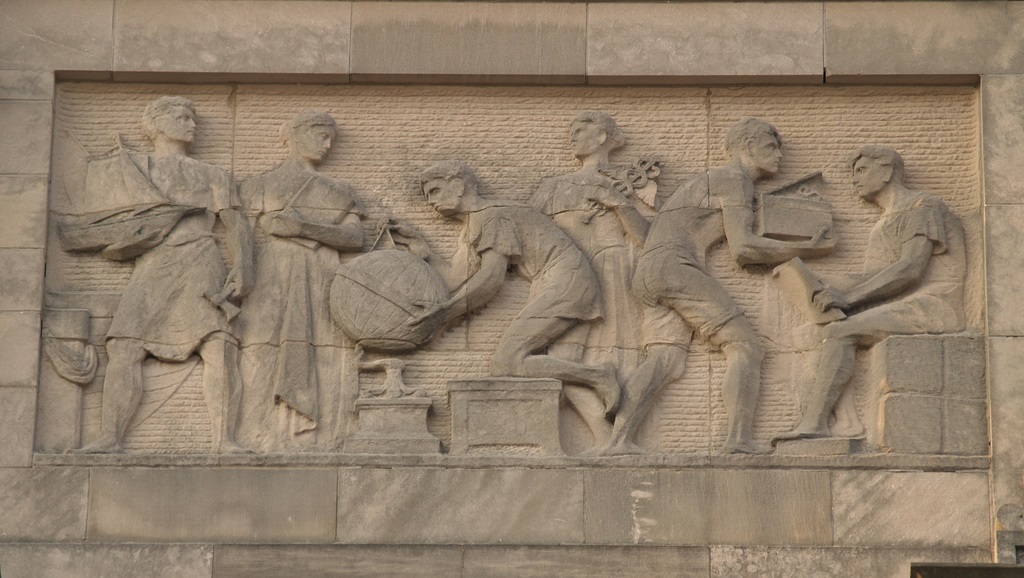
Left Panel Of George Julian Zolnay’s Allegorical “Academic, Business & Manual Education” Granite Frieze At Francis L. Cardozo High School (Washington, DC)
All fifty United States have their own “signature” disaster with which to reckon; some more than others. California has earthquakes, Florida has hurricanes, Missouri has floods; and so on, Life and property loss are preventable; but losses will persist because technical solutions notwithstanding, culture determines human behavior. It is impossible to be alive and safe.
FM Global is one of several organizations that curate privately developed consensus products that set the standard of care for many industries; education communities among them. These standards contribute to the reduction in the risk of property loss due to fire, weather conditions, and failure of electrical or mechanical equipment. They incorporate nearly 200 years of property loss experience, research and engineering results, as well as input from consensus standards committees, equipment manufacturers and others.
If you want FMGlobal as your insurance carrier, or to supplement your organization’s self-insurance program, then you will likely be assigned an FMGlobal conformity professional.
A scan of its list data sheets indicate a number of noteworthy updates of documents establishing minimum requirements for safety technologies common in education facilities:
Technical Reports Supporting Code Change
Note that the bulk of the safety concepts in the foregoing titles incorporate by reference the safety concepts that cross our radar every day FM Global provides direct access to the full span of its documents at this link:
FM GLOBAL PROPERTY LOSS PREVENTION DATA SHEETS
Note FM Global updates its standards every three months:
To respond to calls for public consultation you will need to set up (free) access credentials.
We keep FMGlobal titles — and the literature of other property insurers involved in standards setting — on the standing agenda of our Risk, Snow and Prometheus colloquia. See our CALENDAR for the next meeting.
Issue: [Various]
Category: Risk, Facility Asset Management
More
Deloitte University: Innovation in Insurance
University of Pennsylvania demonstrates the critical importance of sprinklers in dormitories
Syracuse University presents an eclectic mix of risk management challenges
Representative force majeure clauses.
Example 1: Basic Force Majeure Clause
“Neither party shall be liable for any failure or delay in performance of its obligations under this agreement due to events beyond its reasonable control, including but not limited to acts of God, war, terrorism, civil commotion, labor strikes, and natural disasters. The affected party shall promptly notify the other party of the force majeure event and take reasonable steps to mitigate its impact on performance. During the continuance of such events, the obligations of the affected party shall be suspended, and the time for performance shall be extended.”
Example 2: Detailed Force Majeure Clause
“In the event that either party is unable to perform its obligations under this agreement due to a force majeure event, the affected party shall promptly notify the other party in writing, specifying the nature and anticipated duration of the force majeure event. Force majeure events shall include, but are not limited to, acts of God, strikes, lockouts, government action or inaction, war, terrorism, epidemics, and natural disasters. The affected party shall use reasonable efforts to overcome or mitigate the effects of the force majeure event. If the force majeure event continues for a period of [specified duration], either party may terminate this agreement by providing written notice to the other party.”
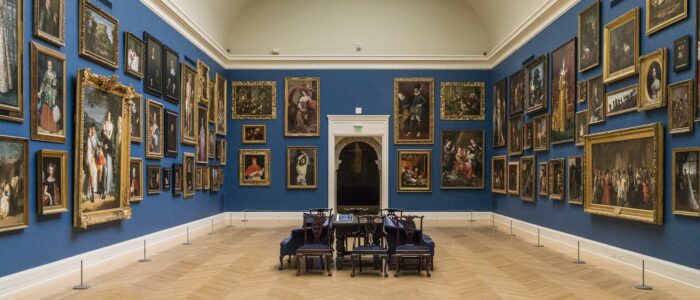
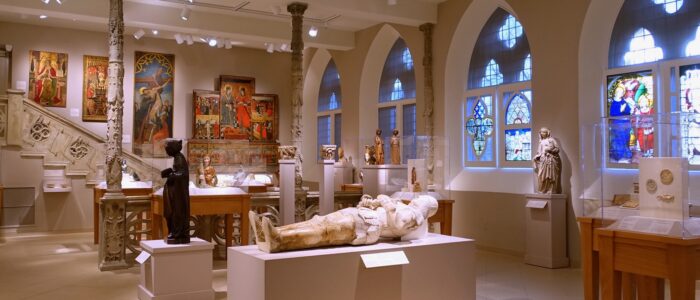
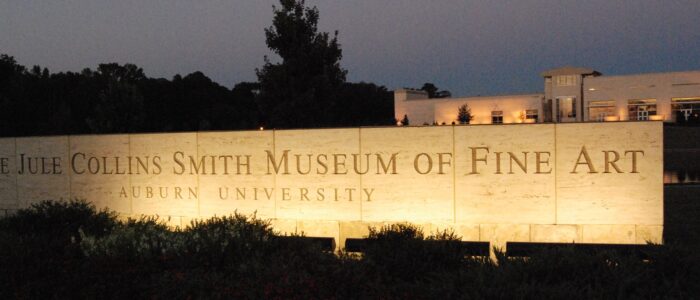
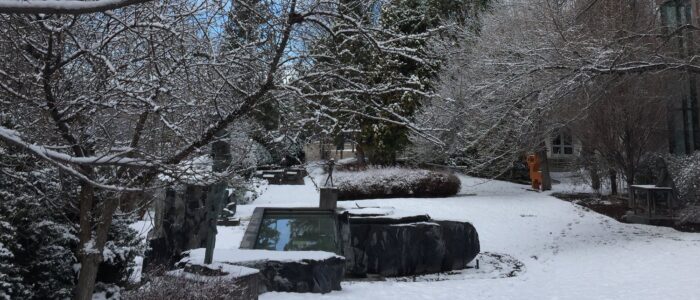
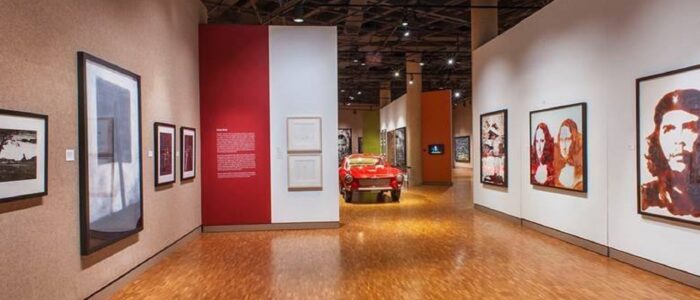
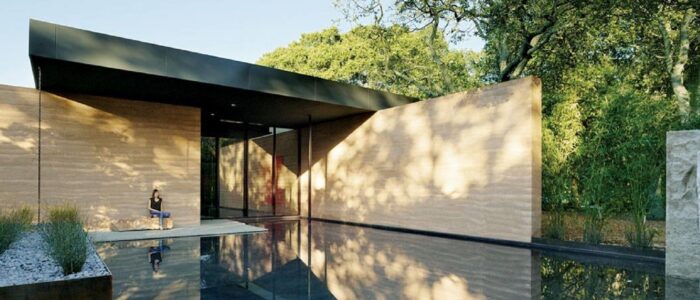
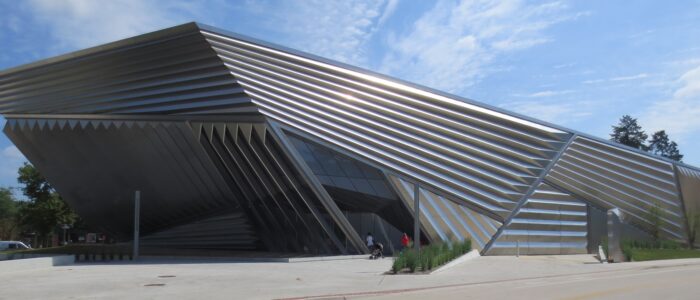

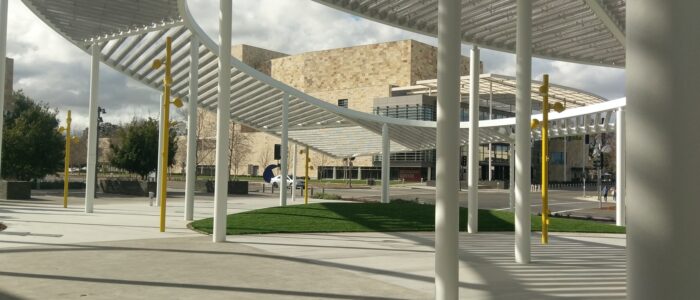
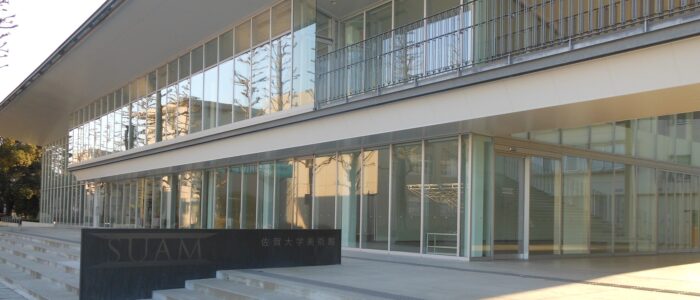
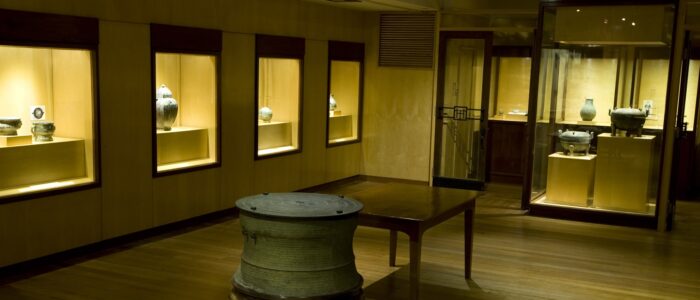
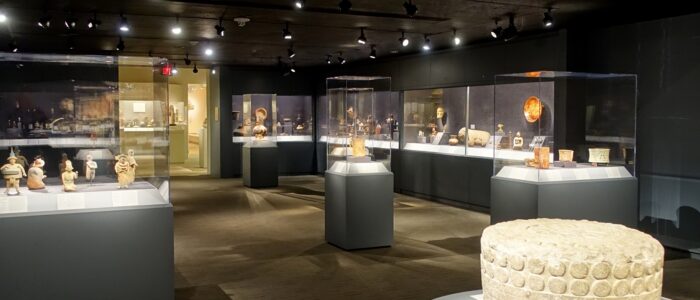
“We have art in order not to perish from the Truth”
— Friedrich Nietzsche
We occasionally break from our focus on the technology and management of these “cities-within-cities” and dwell briefly on the primary business of the academy. Academic museums and galleries provide a setting for conveying inherited wisdom to the next generation of cultural leaders. We include in this gallery examples of architectural art of the buildings themselves. Click on images for more artist and location credit. Technical information about safety and sustainability of this facility class appears at the bottom of this page.
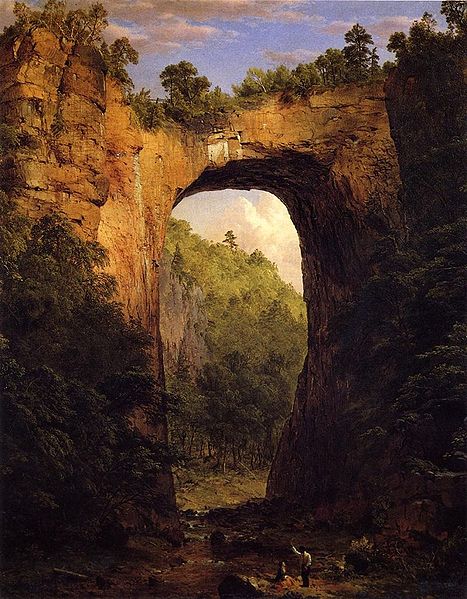
University of Virginia Museum of Art | “The Natural Bridge, Virginia” | Frederic Edwin Church (1852)
Bowdoin College Museum of Art | View on the Hudson | George Inness
Harvard University | In the Sierras, Lake Tahoe (Albert Bierstadt)
University of Minnesota Art Museum
LEARN MORE:
New update alert! The 2022 update to the Trademark Assignment Dataset is now available online. Find 1.29 million trademark assignments, involving 2.28 million unique trademark properties issued by the USPTO between March 1952 and January 2023: https://t.co/njrDAbSpwB pic.twitter.com/GkAXrHoQ9T
— USPTO (@uspto) July 13, 2023
Standards Michigan Group, LLC
2723 South State Street | Suite 150
Ann Arbor, MI 48104 USA
888-746-3670
